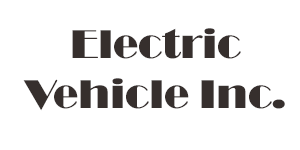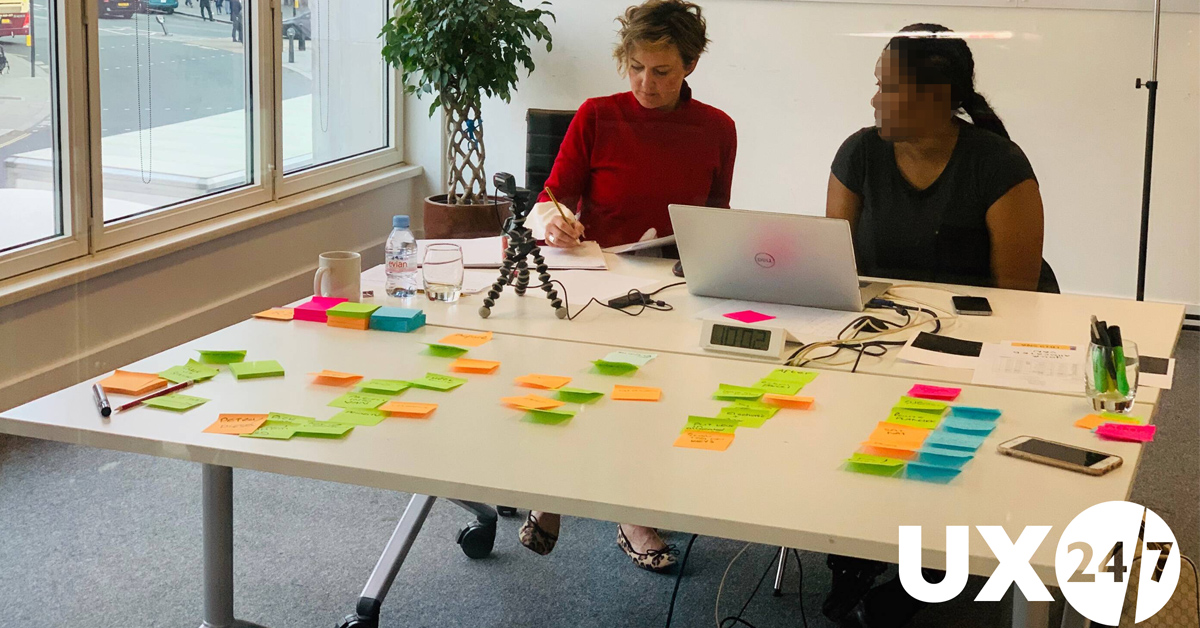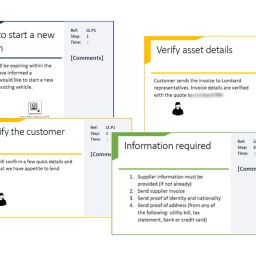
Electric vehicle – generative design research
Anonymous case study – we did the work but can’t say who it’s for

Our client is an electric vehicle (EV) company who designs and manufactures lightweight commercial vehicles. The vehicle body, the design of the engine, the battery and even the interface is built in-house. The industry for which it is intended is ready for innovation and to become more efficient, cleaner and safer. Not to mention the cost saving aspect of going ‘electric’ and the impact this will have to the bottom line for any business with a fleet of vehicles.
Our client has developed a prototype app for their electric vans. The purpose of the app is to enable drivers to operate functions on their vans remotely. The app is designed to work with the electric vehicle, aiding delivery drivers to optimise their routes, and digitise van controls and legalities such as vehicle checks.
The electric vehicle maker approached UX24/7 with the request to carry out user research to gain insight into the apps users, delivery drivers and generate contextual insight about its features, functions and usage and uncover desired functionality.
Prior to the user research sessions, a research plan was created in collaboration with the client. The participants recruited were representative of the target end users -delivery drivers.
Using a task/need research approach as well as an open card sort, insight was gained looking at current vs desired journeys. Providing us with a 360-understanding of the many activities drivers perform throughout various moments of the day. Through this, a variety of desired features & functionality came to light. You would only come across this when delving deeper into the answers of our drivers, getting under the skin of what each activity means in the real world, what tools, gadgets and technology (outdated or not) have on their daily working life.
The research sessions included:
- Pre-Discussion: An initial discussion with users about desired functions and expectations of the app.
- Usability evaluation: Participants completing 5 tasks on the app representative of those they would attempt in the real world. This Included an open card sort to gather insight about the tasks drivers perform throughout their shift.
- Online Survey: To gather more information about driving routines and habits.
The smartphone screens were recorded as participants were interacting with the app. Recordings of the room were also taken. These videos were made available to the client team together with a detailed report.
QUICK FACTS
- Design research with van drivers in a research facility
- Remote viewing for client located in different country
- Included evaluative and generative methods
- Actionable Recommendations
During the research sessions users were asked to ‘think aloud’ while performing the tasks in order to get a more realistic assessment of their behaviour. These verbalisations as well as the users on screen interactions were captured and recorded.
These are some of the key areas of insight we uncovered through the research:
- Gaining an understanding of how delivery drivers work and their needs to carry out deliveries day-to-day.
- Understanding the user’s propensity to use an app & electric van in different contexts throughout the day (e.g. during delivery, rest breaks and refuelling)
- Insights into the usability of the app prototype, this included:
- Launching and registering on the app
- How easy it was to understand the overall purpose of the app and what it could do for them
- Opinions and usability of the route planning navigation feature
- Usability of the voice feature
- Desired app integrations
- Users overall opinions of the app concept and electric vehicle technology.
Based on our analysis of the insights we offered a range of suggestions and actionable recommendations for the client to focus on for their next stage of development.






